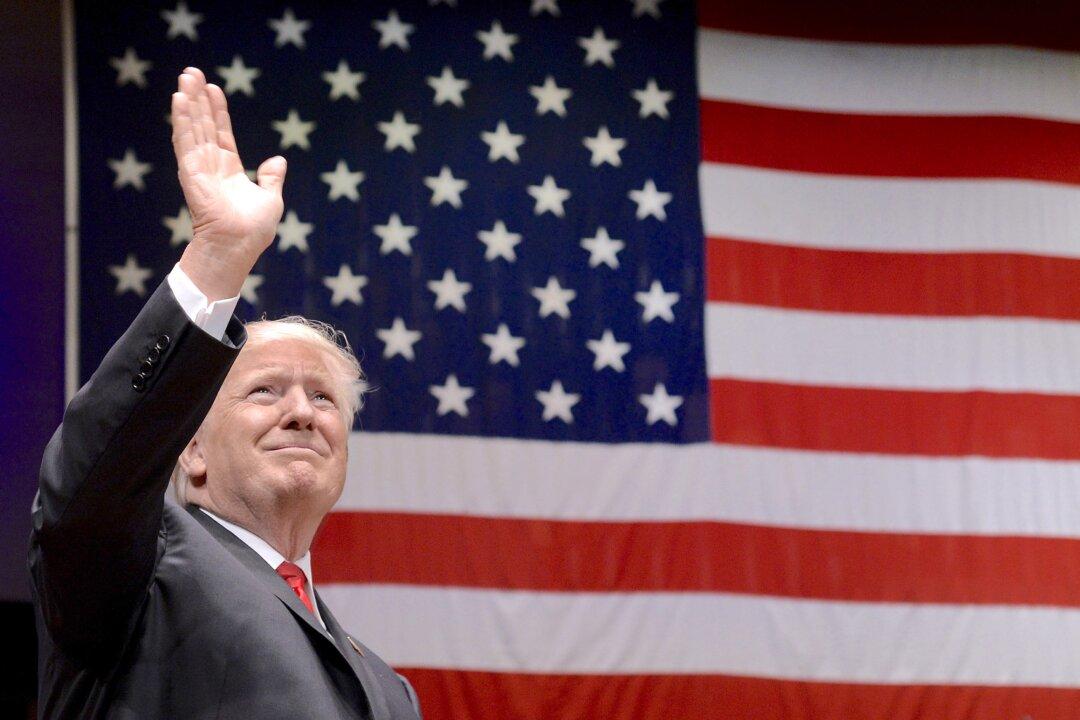President Donald Trump’s first year in office can perhaps be best summed up with a promise he made during his inaugural address.
“We are transferring power from Washington, D.C., and giving it back to you, the people,” Trump said.

President Donald Trump’s first year in office can perhaps be best summed up with a promise he made during his inaugural address.
“We are transferring power from Washington, D.C., and giving it back to you, the people,” Trump said.